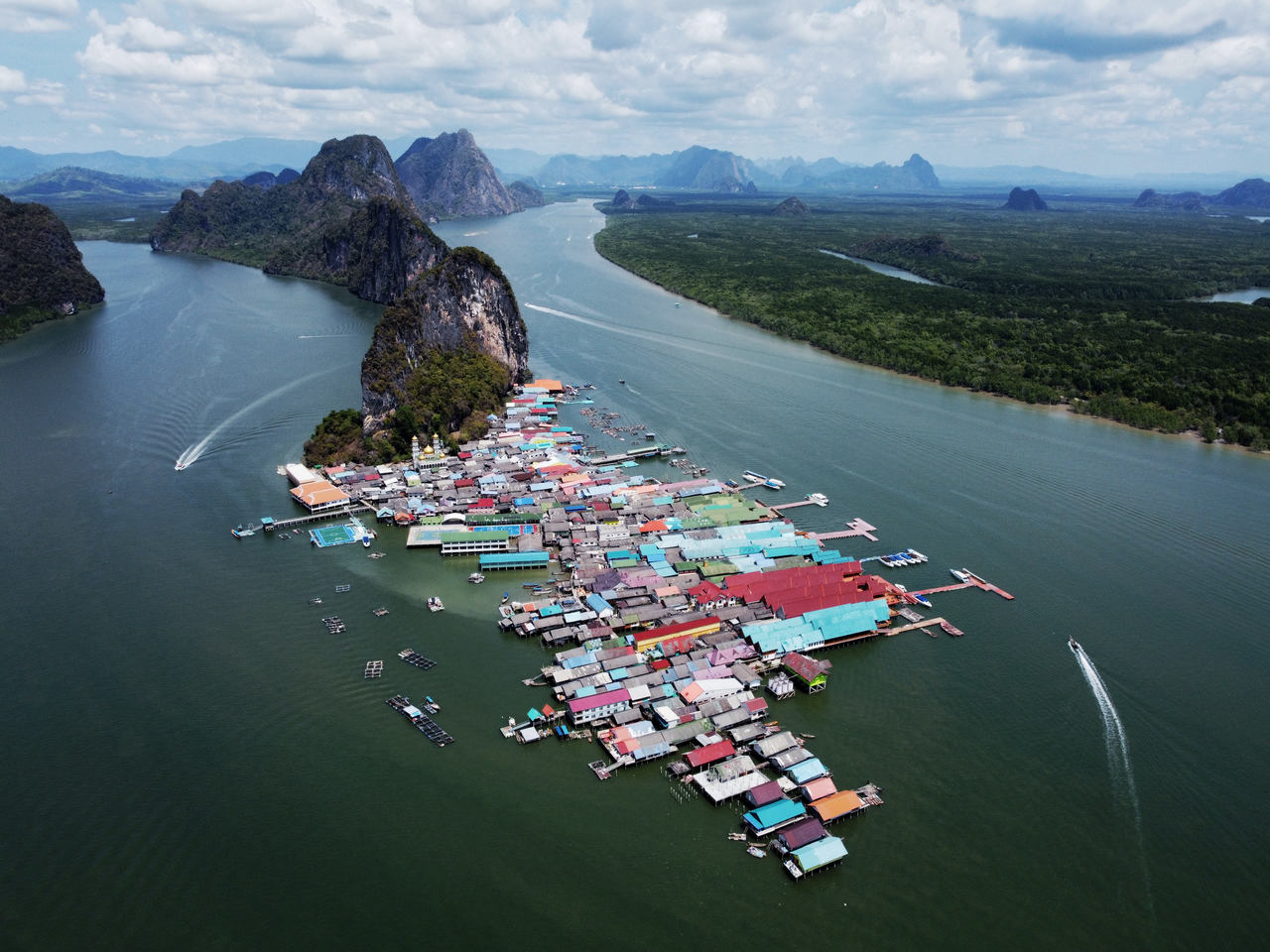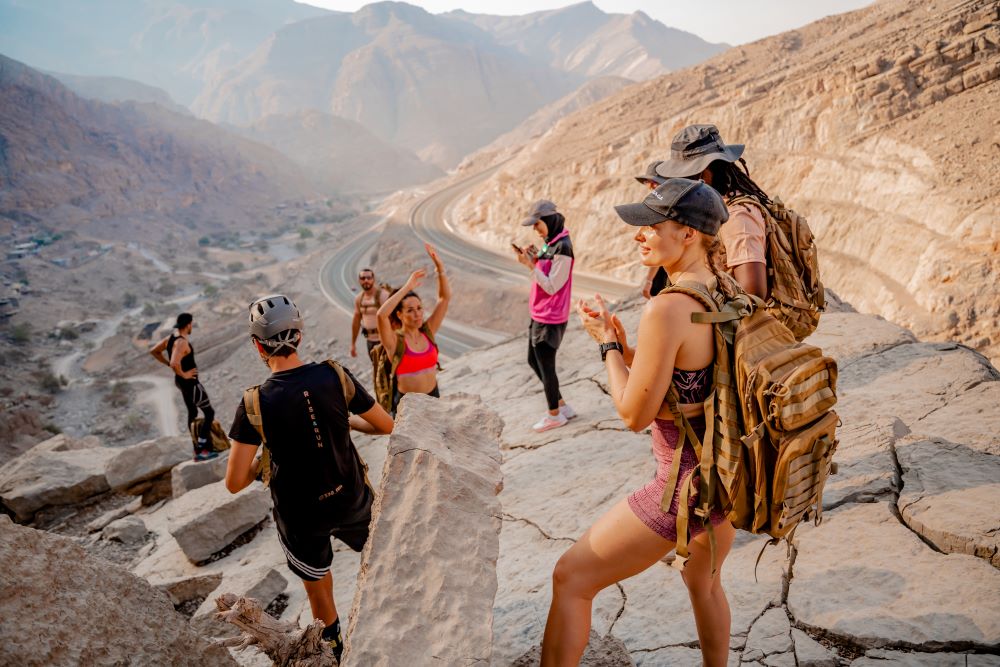Having taken a photowalk ticket from Gulf Photo Plus, I was excited to see what the photowalk had to offer. It was an escape from the hustle and bustle of everyday life into the quieter side of Dubai. The creekside in Dubai near Al Fahidi District is like the old soul of the city; crowded and narrow streets, mosques and old houses, Indian souks and roadside shops, and of course, the creekside river with abra boats and cruises. It was enchanting.
So many sights and sounds to take in…
There were the souks with their bright and colourful stalls, selling merchandise of all sorts. Fruits, local produce, spices and traditional handicrafts for tourists. The old part of Dubai is quaint and charming, with old apartment blocks, narrow alleys and mosques with history.
We stood on a rooftop overlooking the city. There we could see just how beautiful it was. The old part of Dubai is home to an expat population that have settled for many, many years, with small businesses and shops that they look after.
We walked past a group of people playing cricket in the courtyards of the streets, on a cool October day. It was a pleasant sight; a simple game in the heart of the city, on a lazy Friday afternoon. Onlookers watched curiously.
Then, we watched the abras glide across the creek gracefully. These old wooden boats would take passengers from one side of the creek to the other, a tradition that is very dear to the old part of Dubai. Khor Dubai, or the creek of Dubai, is a UNESCO world heritage site due to its historic relevance to the region. The creek of Dubai is a natural inlet of seawater from the Arabian Gulf which is at the heart of the city, around 14 kilometers long and 100-150 meters wide.
According to UNESCO, the creek was likely to be the actual raison d’être of Dubai’s creation and early development as a trading port. According to UNESCO, in 1833, some 800 members of the Bani Yas tribe, led by Sheikh Maktoum bin Buti Al-Falasi, settled in the Bur Dubai area, at the mouth of the creek.
“Since the mid-19th Dubai creek has permitted the development of an urban settlement that thrived on maritime commerce, pearling and fishing. The origin of human presence in Dubai is intimately connected to the Creek that provided a safe harbour for the wooden boats that crossed the Gulf, and rich fishing waters.” (UNESCO, 2012).
Then, we walked to the Iranian Hosainia mosque, which is a Shia mosque for the Iranian community – a hidden gem in the city of Dubai. Inspired by Persian architecture, it is a beautiful mosque, intricately detailed with blue tiles, geometric architecture and a striking blue patterned dome.
The sunset overcame us. We watched as the sun went down over the city of Dubai, crowded streets, city lights and the overpowering voice of the azans from the mosques within the heart of the city. On the rooftops, men walked outside to see the sunset. On the creek, ferries lit with bright lights would cruise along.
It was like a fairytale.
For more information on photowalks, please check: http://www.gulfphotoplus.com
Photography and text by Iman Tahir























You have an absolute piece of creation. Well and no doubt. Dubai is a beautiful city. Full of heritage and landscapes, I find all fascinating.